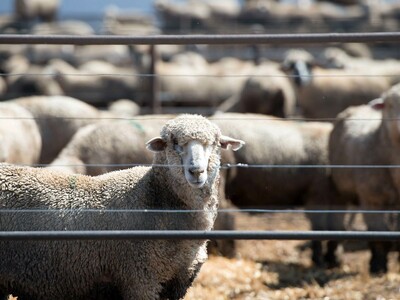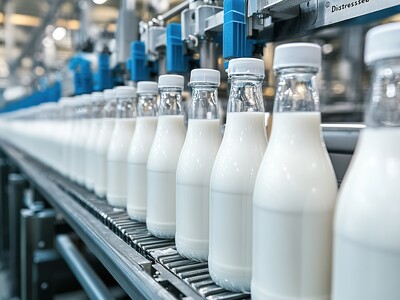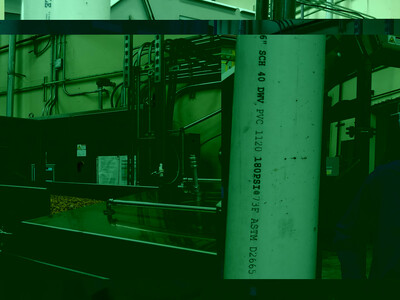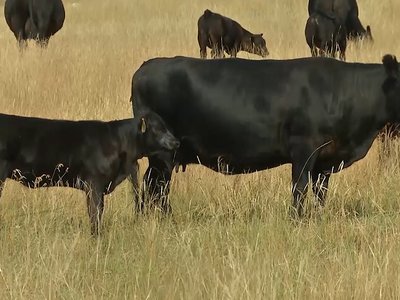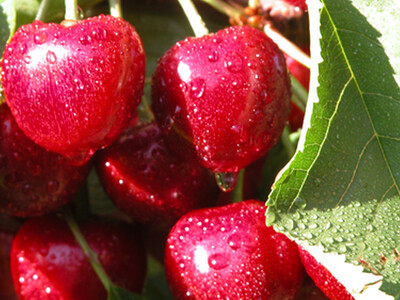HIGH EFFICIENCY HAYING
With hay baling season upon us, many growers are thinking about how to make the most of their efforts. Brian Spencer is the hay and forage marketing manager with Case IH. He talks about where producers should focus when trying to achieve high efficiency hay.“We recently surveyed our social media followers about their top challenges while baling hay. We received dozens of responses, and it was pretty unanimous that getting all the hay off the field before rain comes and still achieving their target moisture was the biggest concern. So, finding ways to mitigate these challenges is a good place to start when looking to achieve high efficiency hay.”
He offers suggestions on how to mitigate these challenges.
Cut #2 :55 OC…”even conditioning.”
“With moisture as one of the biggest issues, we’re really looking for the crop to dry down faster. Faster drying begins with using a mower conditioner that has been adjusted to your crop conditions, and it has the right or correct conditioning system. Grassy crops dry down faster with abrasion to the stem using a flail-style conditioner. For leafy crops like legumes, dry-down is optimized by crimping or cracking of the stem with roller-style conditioners. Exposure to sunlight and wind are also critical factors for enhanced dry-down. The windrow should be as wide and as thin as possible without clumps. For high-efficiency hay, look for a mower conditioner that can be fine-tuned quickly without tools because conditions will change from cutting to cutting, even from field to field. Models in the Case IH DC103 series are built to produce a crop that will dry down and be ready to bale sooner for higher feed quality. And opt for wide conditioning systems that allow for a thin, consistent crop mat to enter the rolls for thorough and even conditioning.”
There are other steps farmers can take for high-efficiency hay.
“With the crop cut and ready for bailing, having the right baler to meet your feeding requirements is key, especially if your operation handles higher-moisture hay. For high efficiency the baler should be equipped to handle wet and sticky crops. Look for silage-ready baler with moisture sensors that provide real-time moisture levels to ensure maximized feed quality.”
For more information on producing high efficiency hay, visit www.caseih.com.





